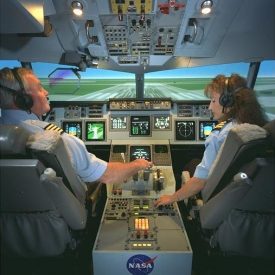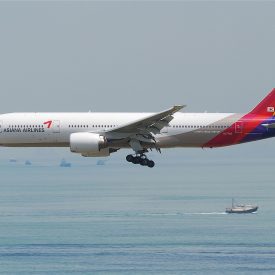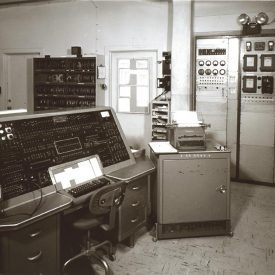Keeping Up With Rapid Change
I view one of the purposes of this blog as keeping readers informed on what trends we think deserve your consideration in both helping with ongoing issues on the automated flight deck and preparing pilots for the challenge of adapting to new technology that even a few years ago might have been unheard of. To …










